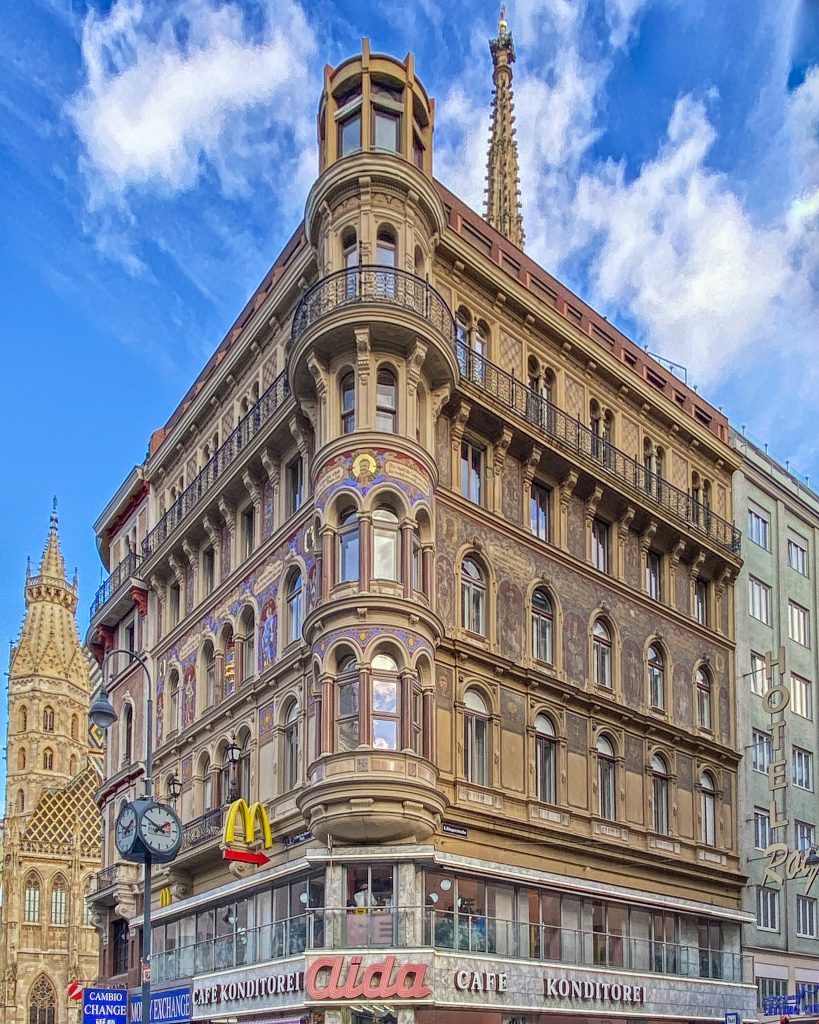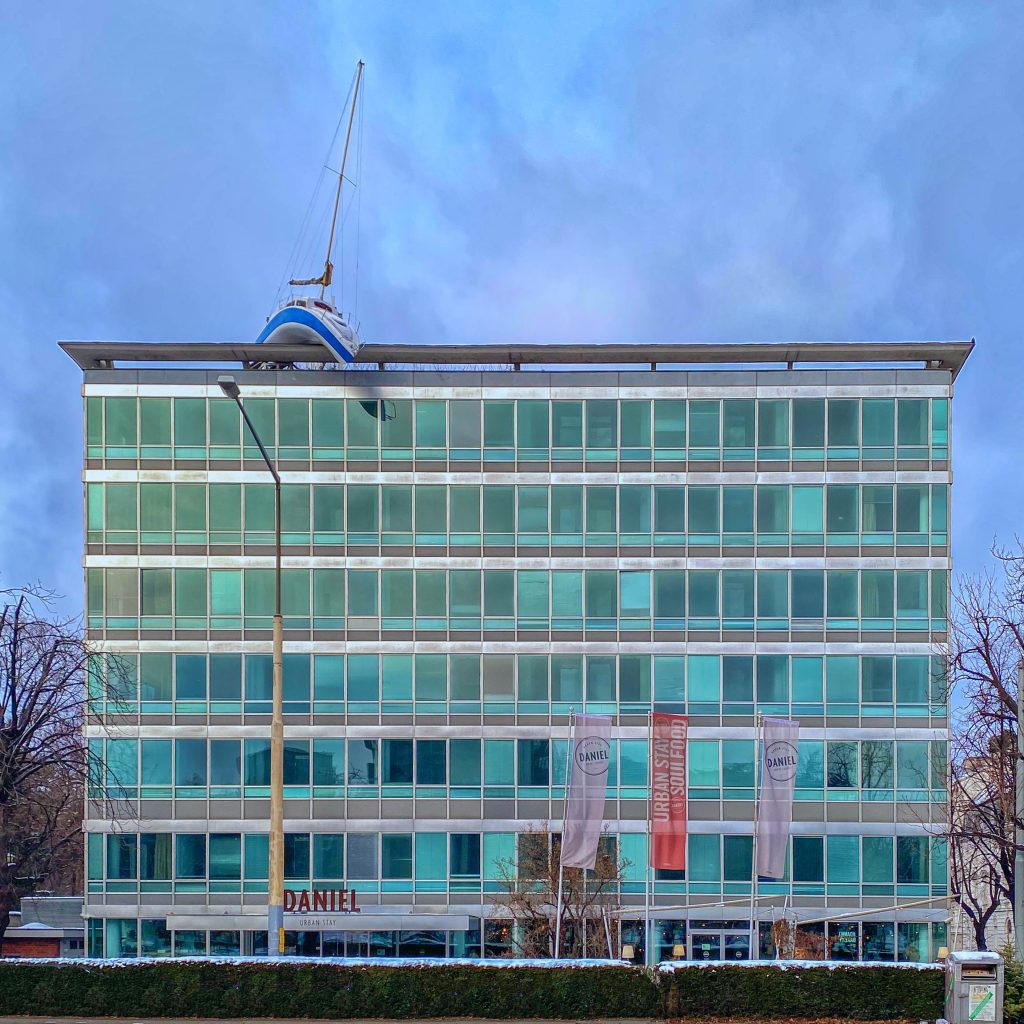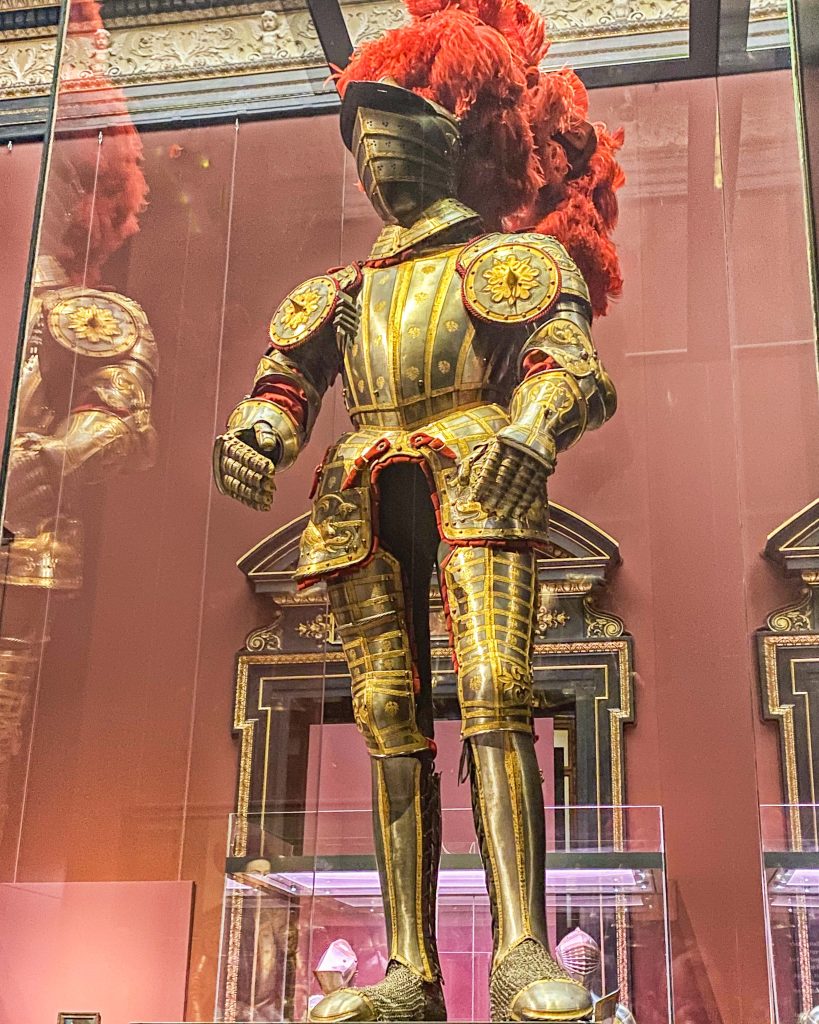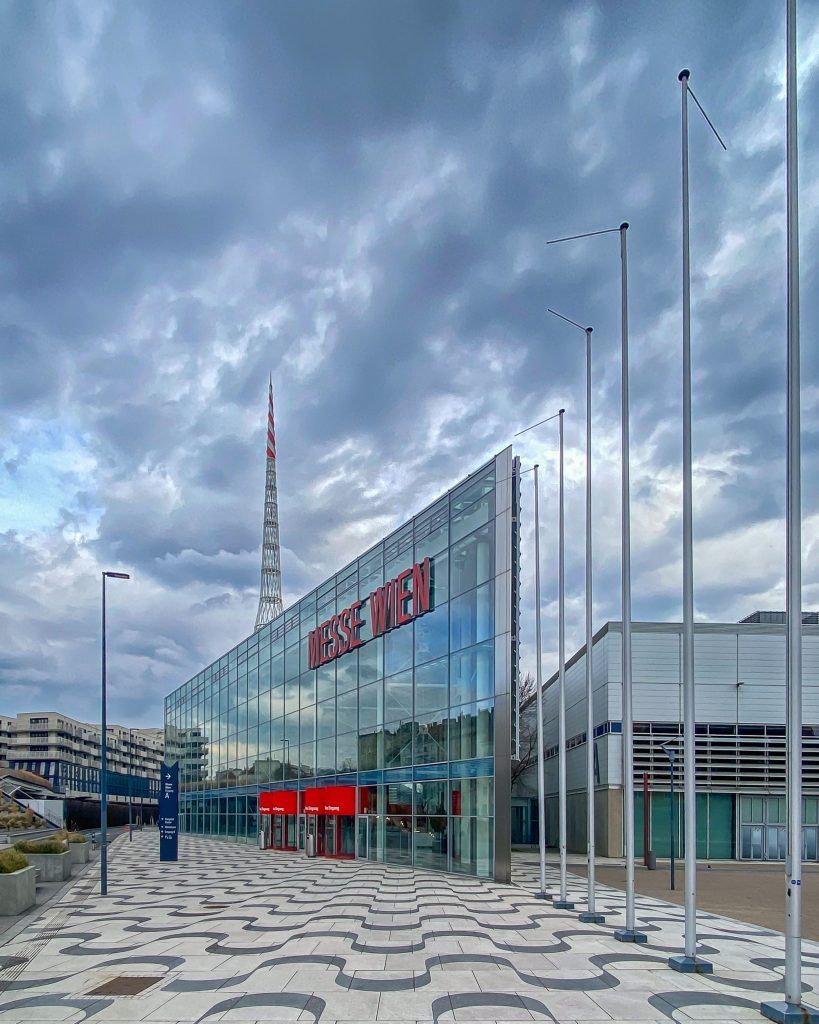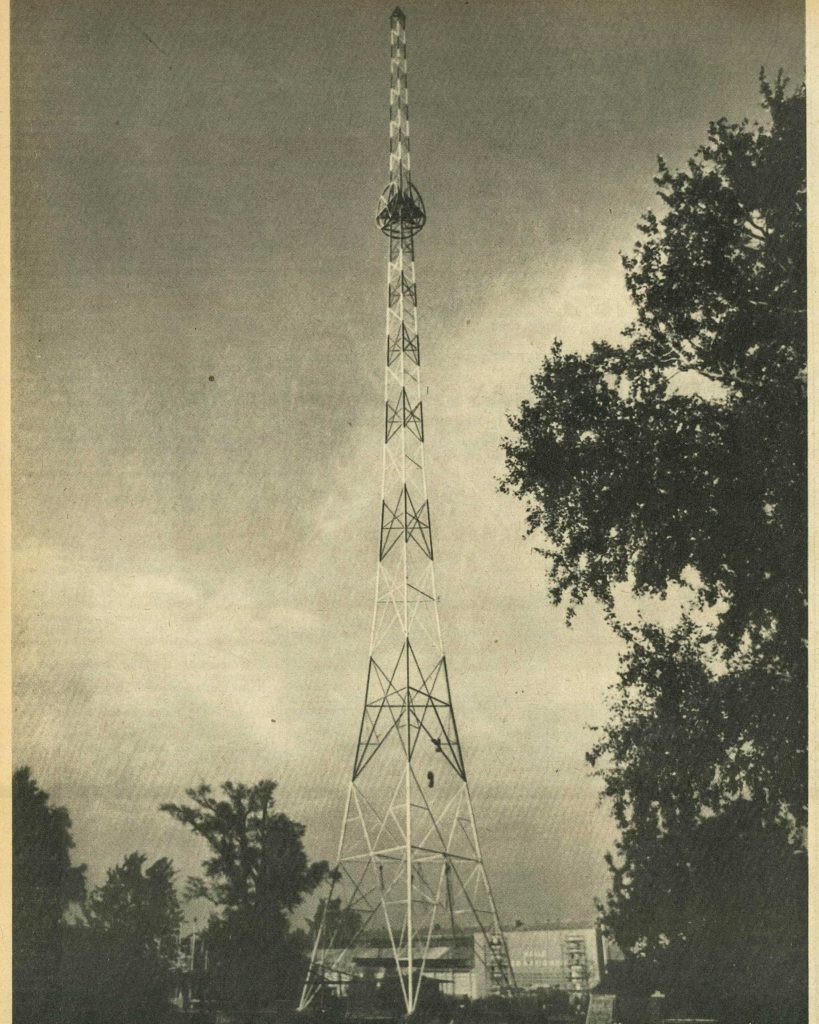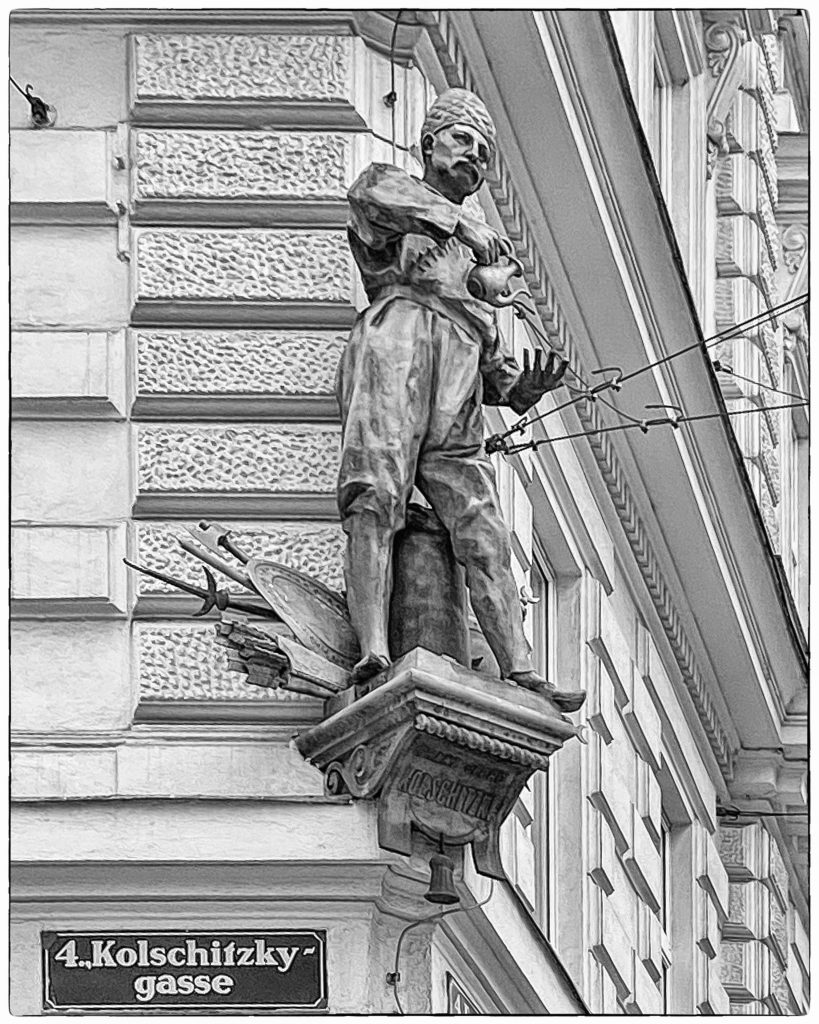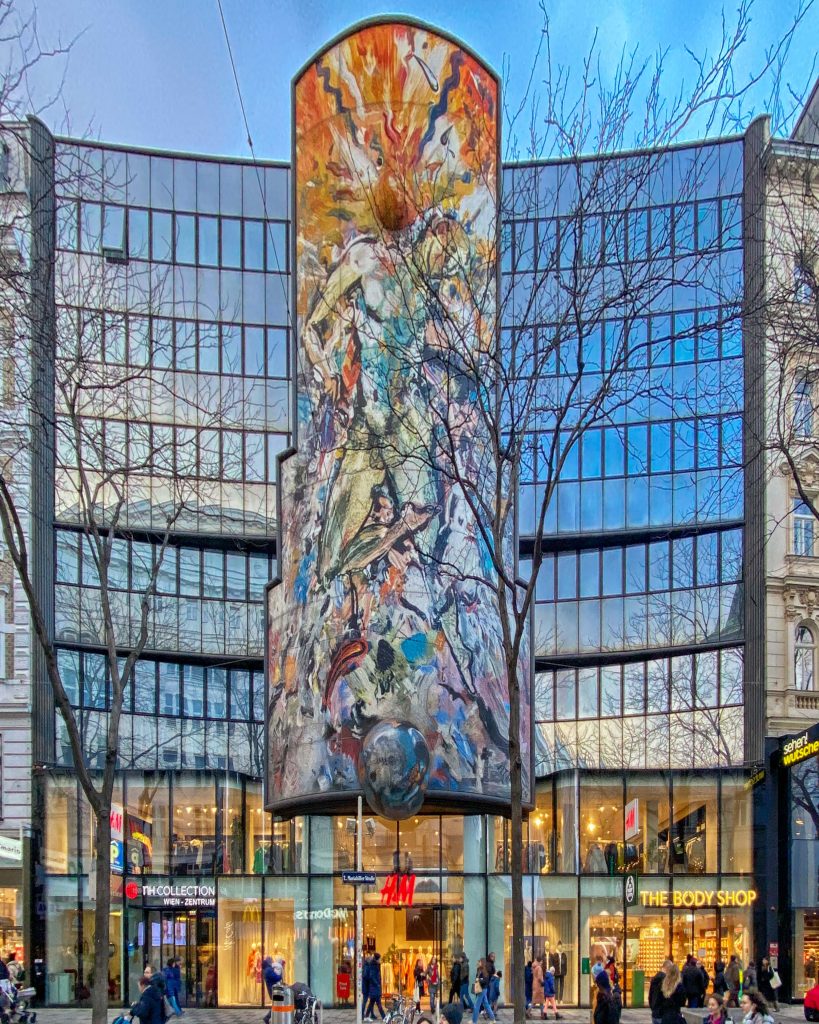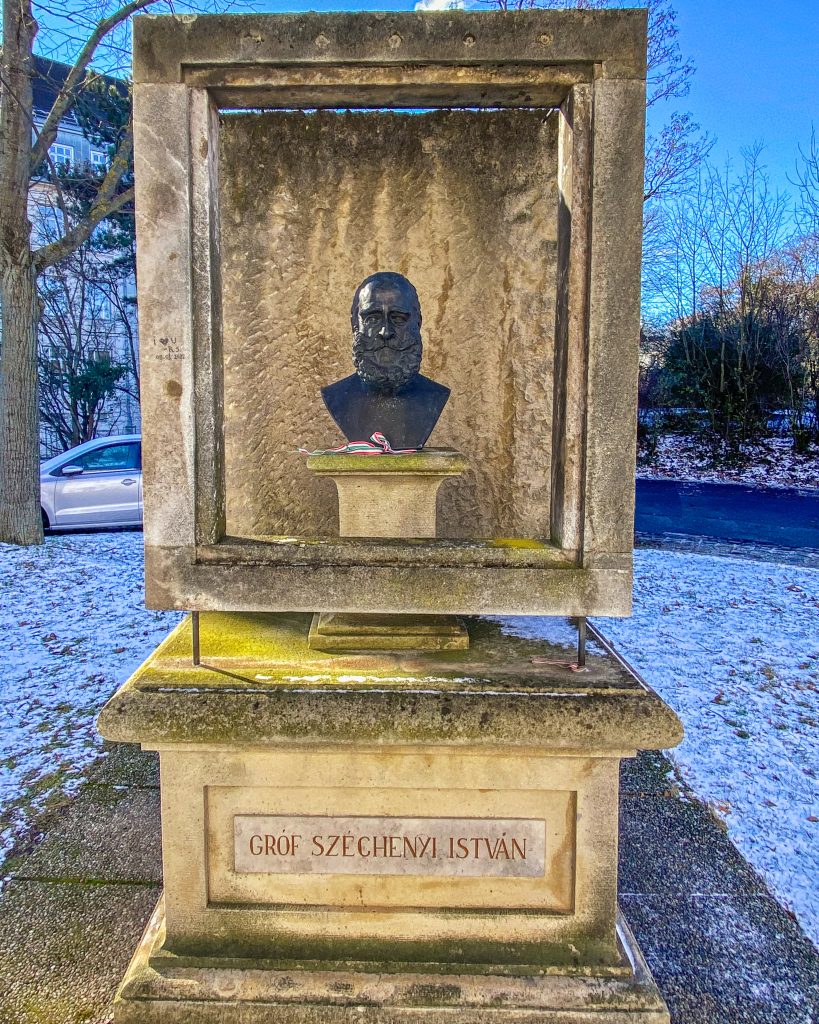Lion of Saint Mark in Vienna Central Station
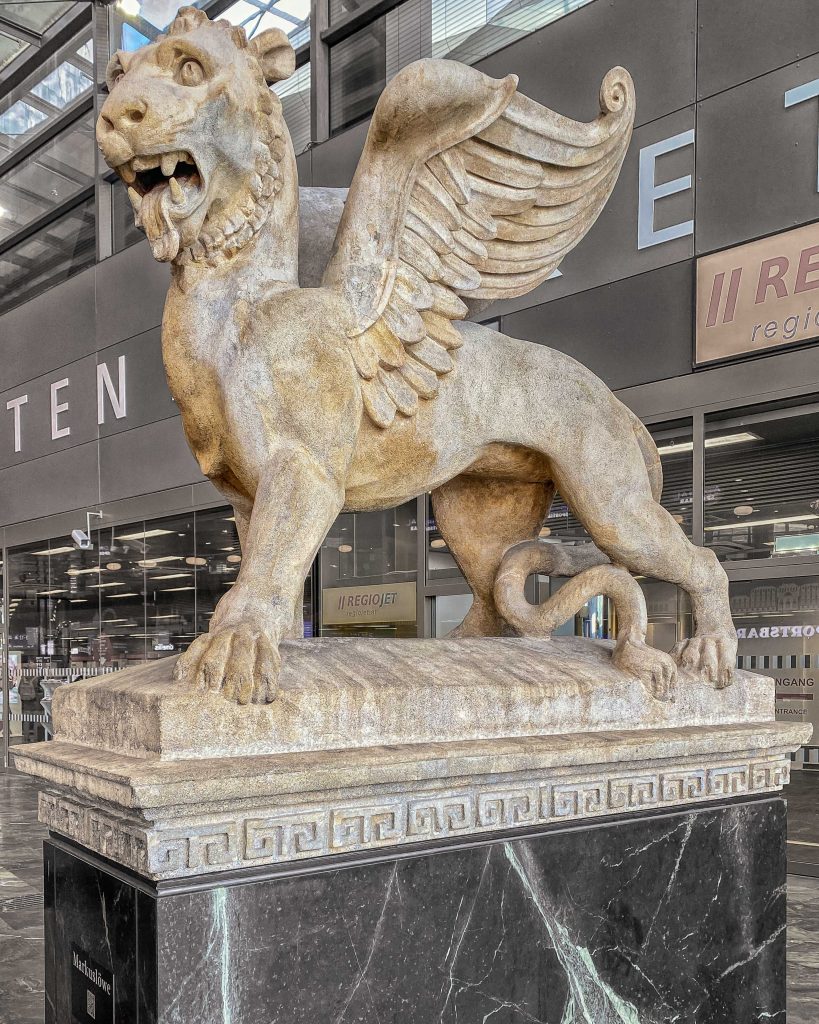
The winged Lion of Saint Mark, based on a Venetian model, was first erected in 1869 in the magnificent South Station by Wilhelm Flattich together with 7 other lions on the edge of the roof. Since 2014, it can now also be seen again in the central station in restored condition as a landmark at the main entrance.
The figures, made by sculptor Franz Melnitzky, were probably an allusion to Austria’s claim to Venice, which had fallen to Austria at the Congress of Vienna as the „Lombardo-Venetian Kingdom“, but then had to be ceded again in the course of the Italian unification movement in 1866. During WWII, the South and East Stations were then severely damaged, six of the eight Lions of Saint Mark were destroyed. In the new building of the now structurally merged stations, completed in 1960, one of the Lion of Saint Mark was again presented in the lower ticket hall as a reminiscence of the times when Austria still extended to the Adriatic. The second undestroyed Lion of Saint Mark can be found today near the former Kaiserbahnhof in Laxenburg.
